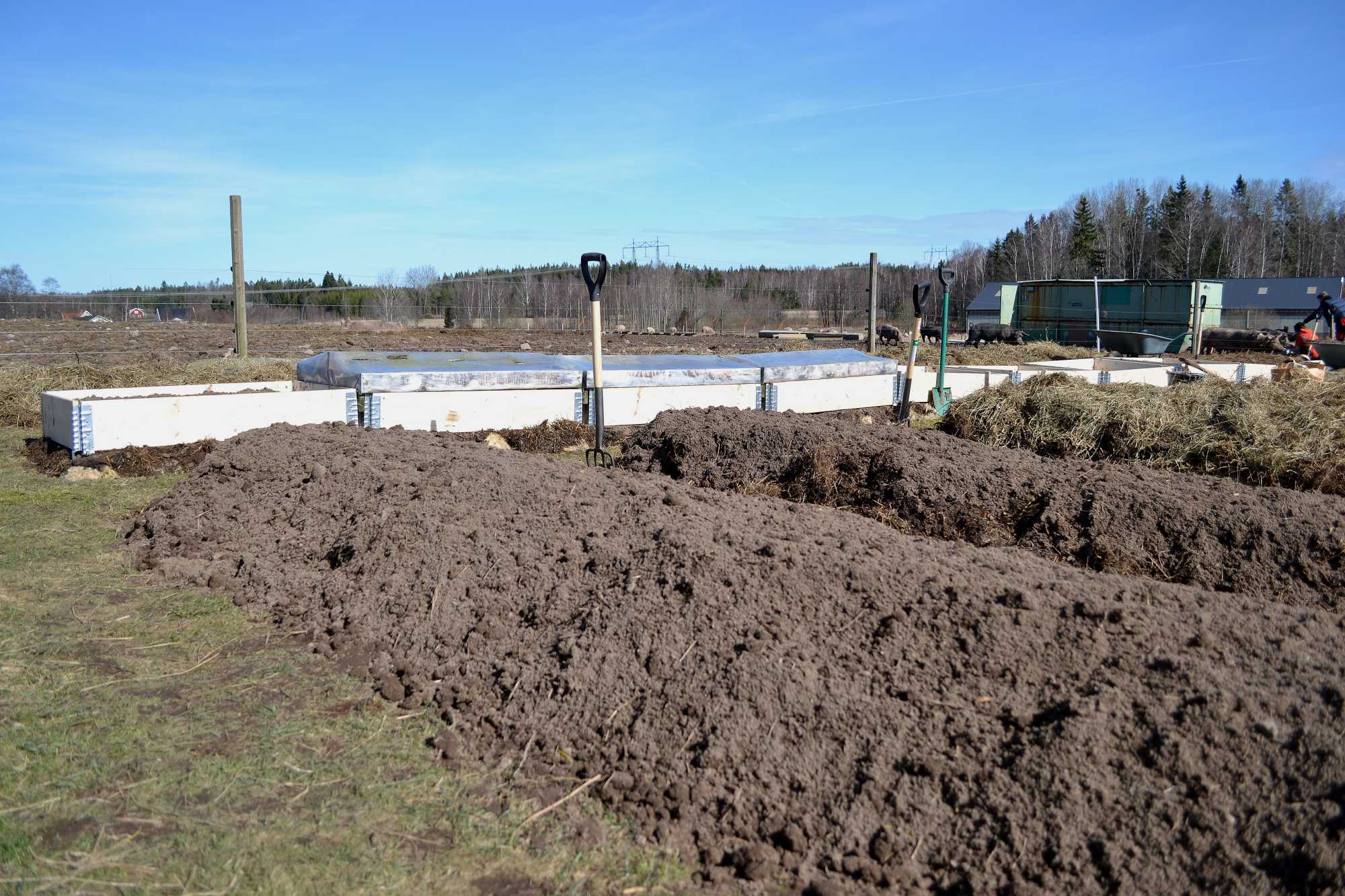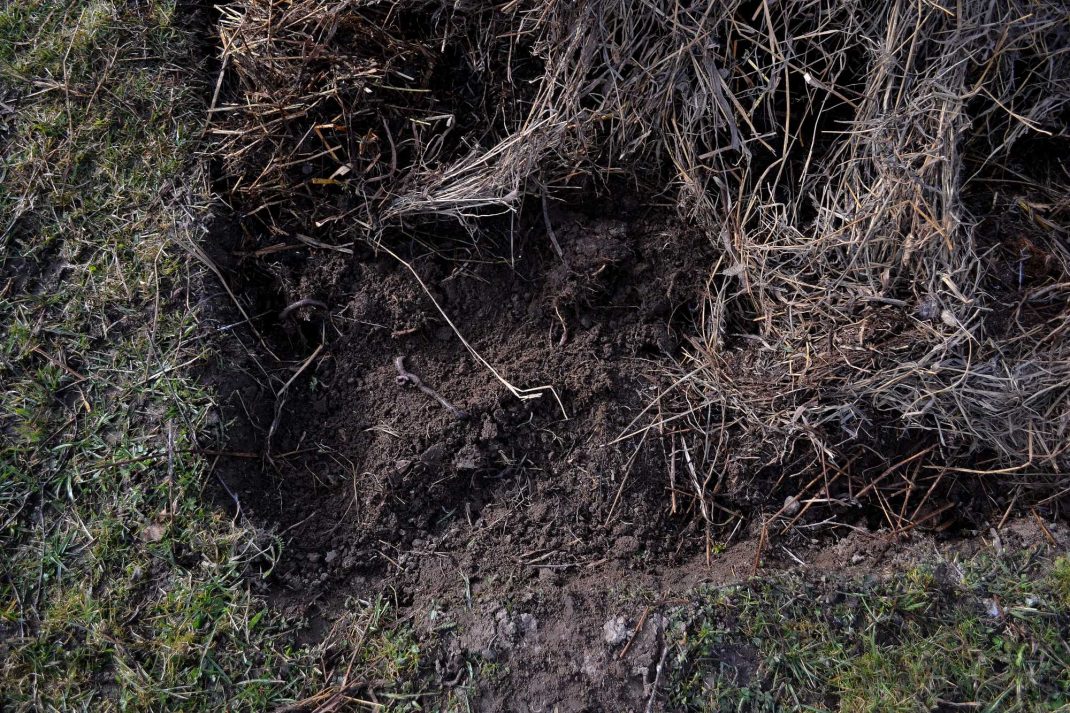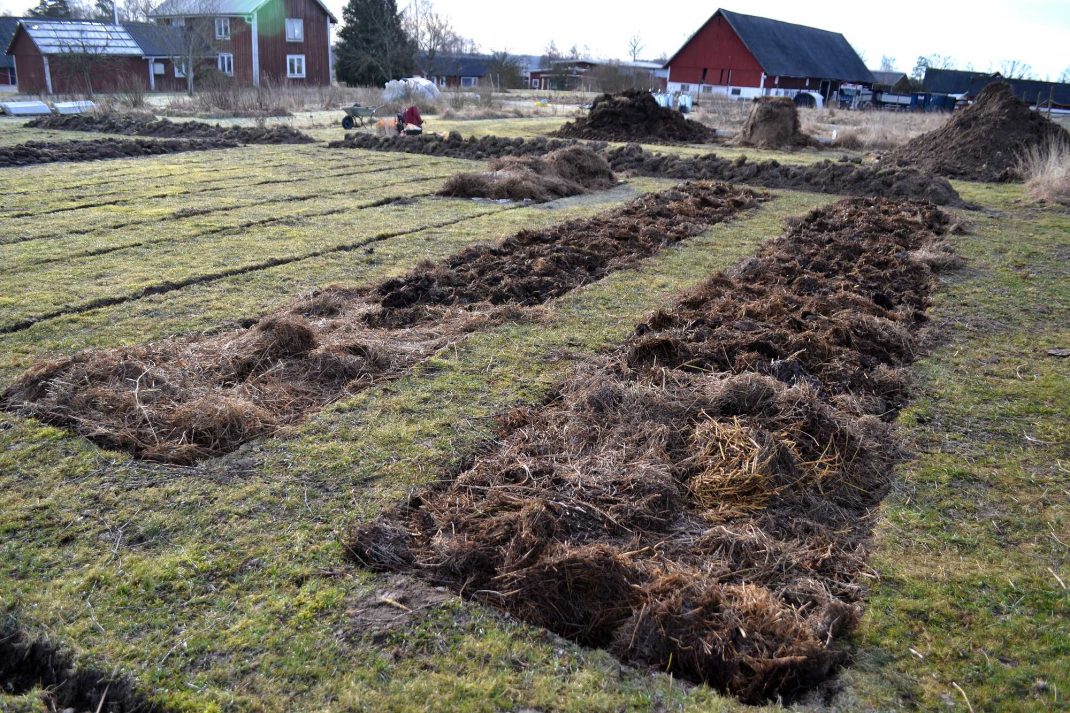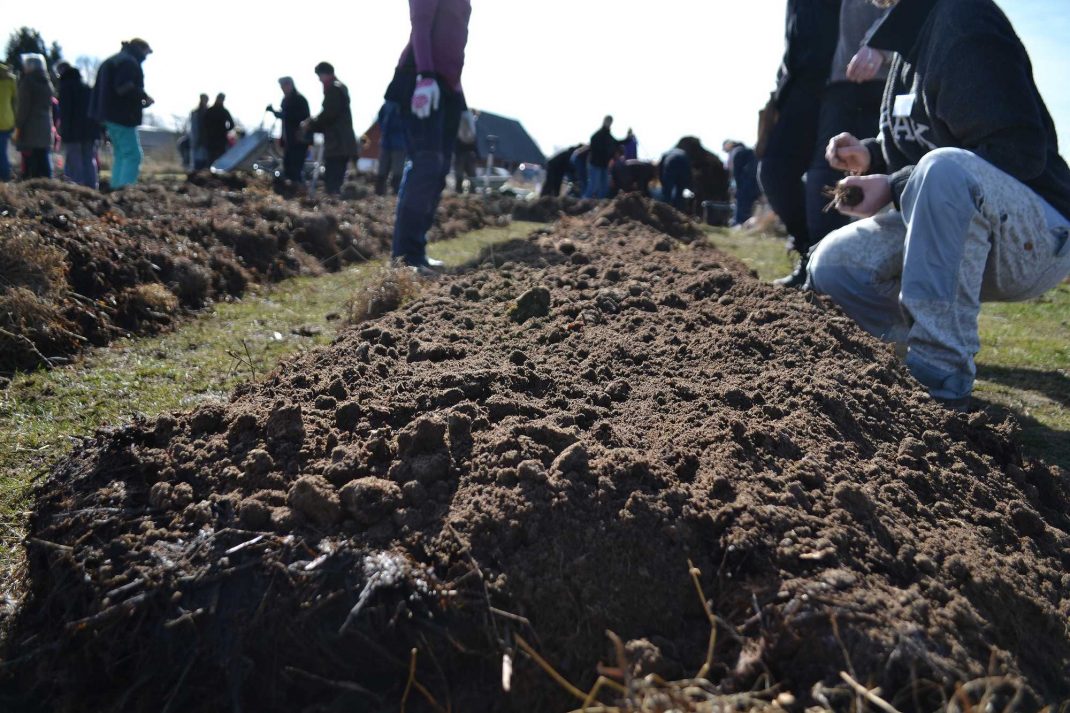Creating new garden beds – my best methods
I decided to try a few different methods of creating new garden beds. This is the first part in this series, where I make my bed with the grass sod removed.

A sample of the 22 raised beds made in 5 different ways, I think they turned out really nice!
I regularly hold gardening classes here in Sweden, and I finished one at the end of March where we talked about creating new garden beds. I know that a lot of you are interested in learning more about creating new garden beds, so I decided to share some of my favorite methods below. We built 22 beds in five different ways, which I will write about in this series.
More about creating beds: Dig a deep raised garden bed
No-sod bed
- I used string to draw up the bed. It's around 3 feet (1 meter) wide and around 26-29 feet (8-9 meters) long.
- I made an outline with a shovel and then I removed the sod, leaving the soil underneath the grass.
- After that, I filled the bed with thick alternating layers of silage and sheep manure. The silage is nice and airy and starts to pile up in the bed. But as soon as you put more material on top, the silage and manure will start to compress.
- I put a 4 inch (10 centimeter) thick layer of soil on top. The bed is all in all 8-12 inches (20-30 centimeters) tall.
- I leave the bed bare for a few weeks so that any weeds can grow and get removed before we sow or plant.

There are plenty of earthworms here that will help turn the mulch into soil.

I put alternating layers of silage and sheep manure in the right bed.
Raised compost bed
The idea with this bed is that the material we put on top will be composted and turn into soil right here. We removed the turf since we are planning on putting asparagus plants (grown from seed, read more about this in Guide: All about asparagus here in fall or next spring. They should be planted quite deep into the soil, and I don't want to have to dig through hard turf when I do it.
The material in this bed will turn into lovely soil. Manure and silage decompose quickly and if the bed stays somewhat warm, I'm counting on having a nice supply of soil in late fall.

We put a layer of soil on top of the new garden beds.
What can you grow here?
This bed is perfect for plants with shallow roots. They are after all going to grow on top of silage and manure, with only a thin layer of soil on top. I would pick for example lettuce, spinach, parsley, radish, arugula, and purslane. You can start planting low-growing bean varieties and other larger plants here like New Zealand spinach and squash when the bed starts to compress and becomes moister.
I would, however, try to stay away from tall plants this season. Tall plants like sunflowers, other summer flowers, cabbages, and fava beans can topple over if they don't have enough soil to grab on to so to speak.
For the first season, you should probably avoid tall root vegetables that require deep soil. Try growing beets, round carrots, celeriac or swede instead.
I'm going to write more about creating new garden beds in the future. Until then, I hope you will give this method a try!
/Sara Bäckmo



Leave a Reply
You must be logged in to post a comment.